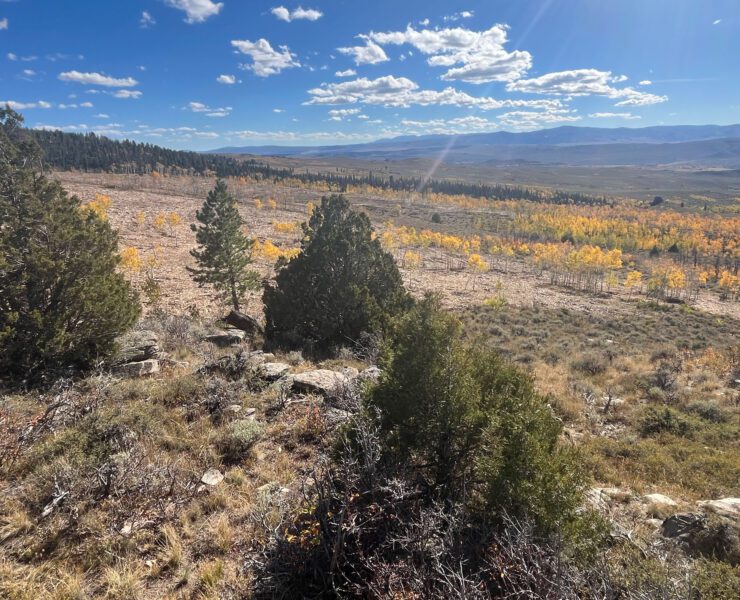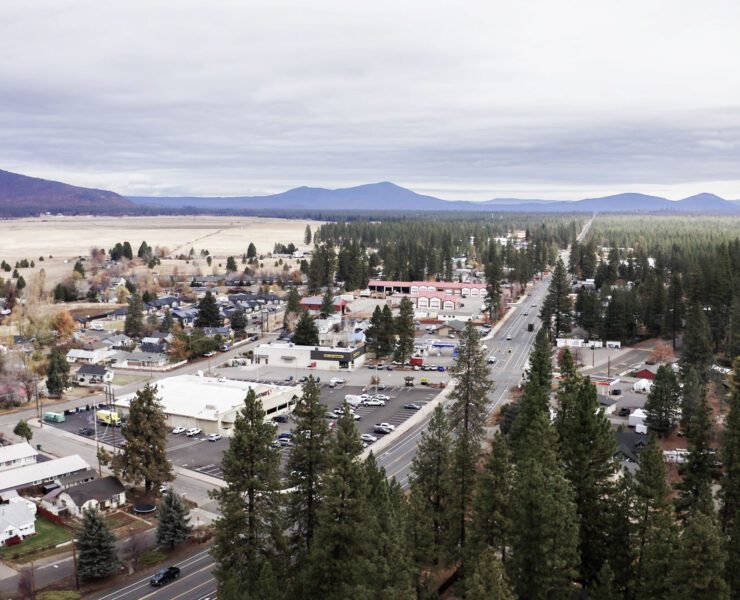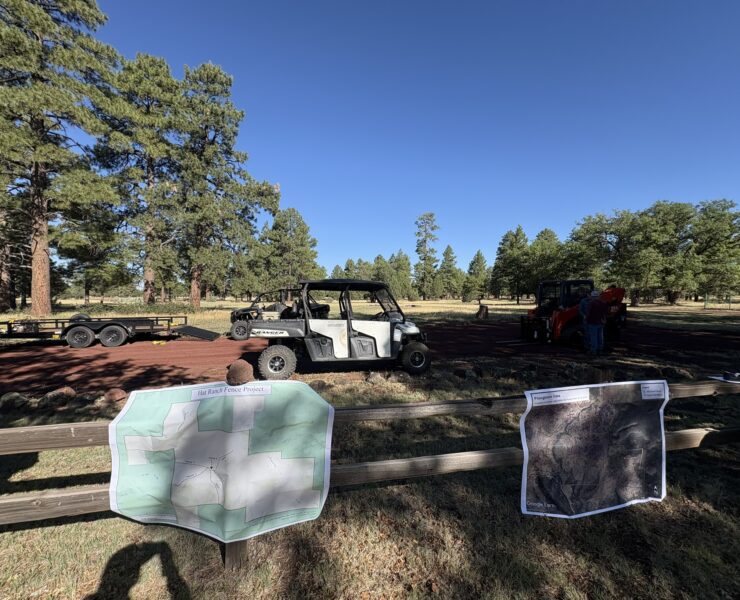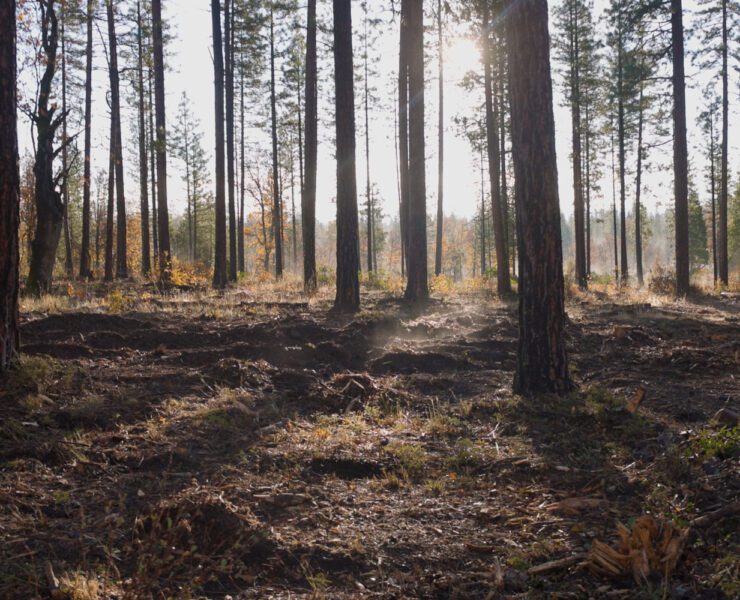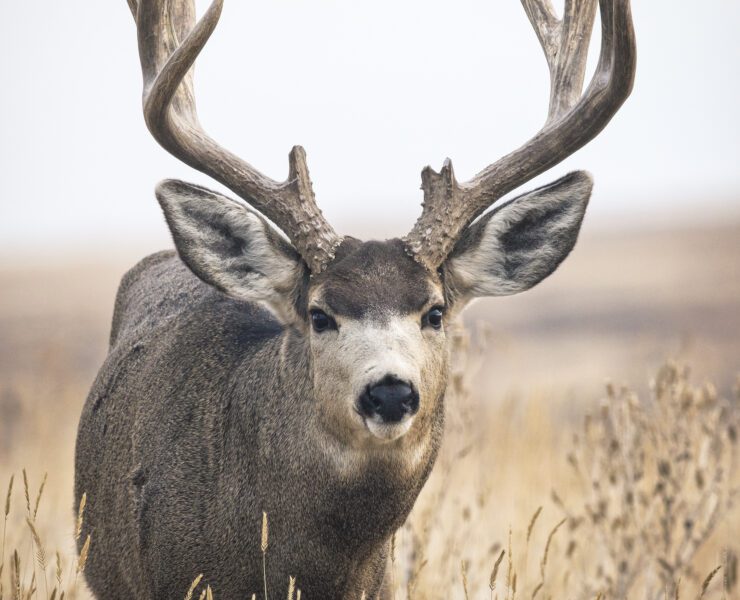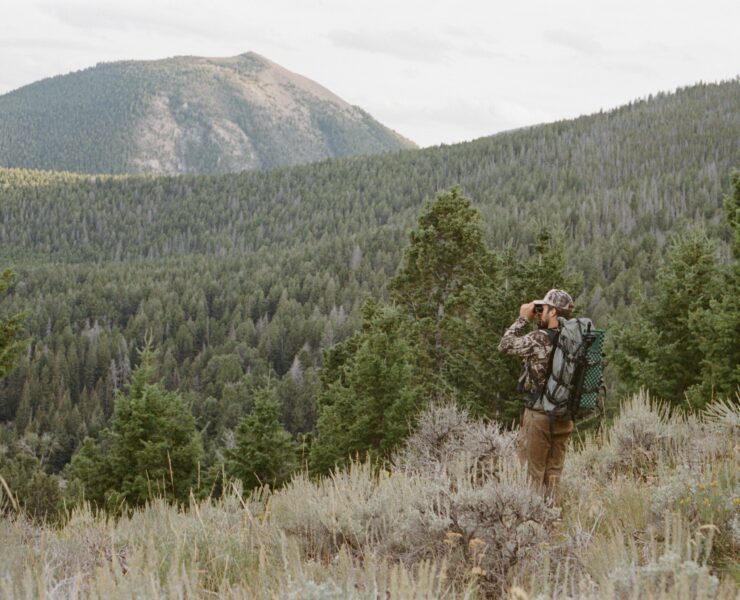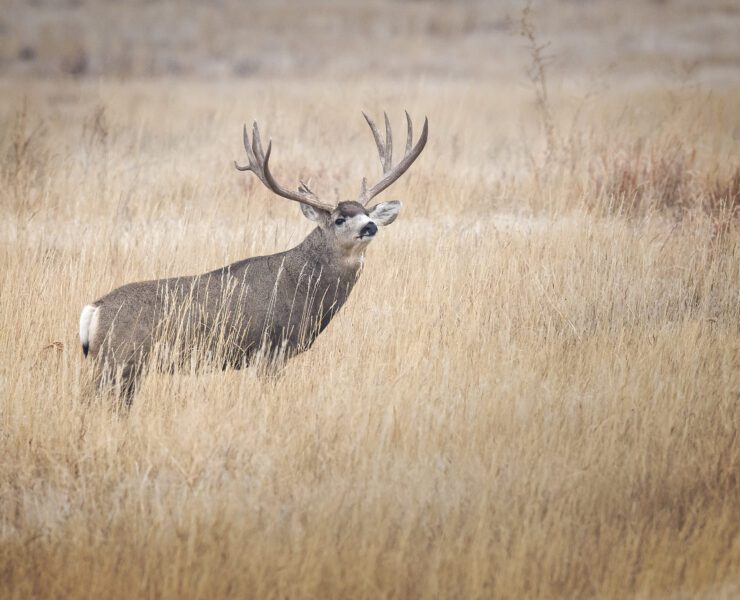Habitat
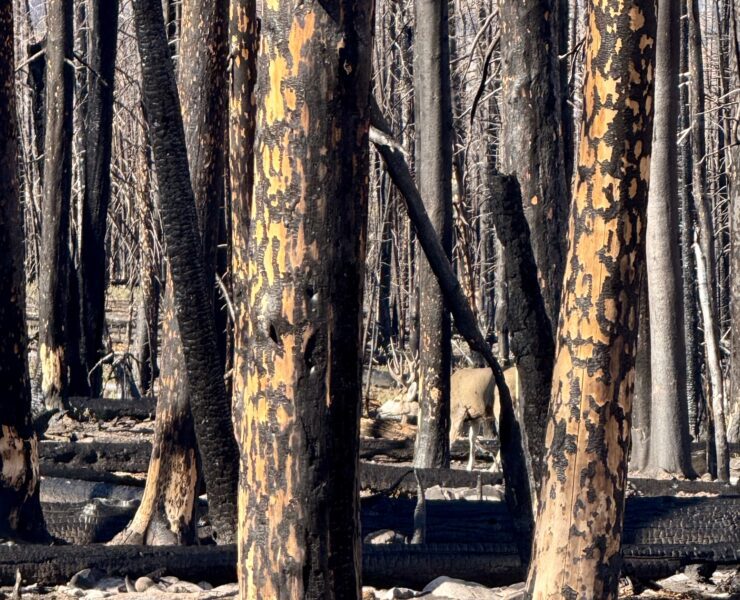
Whether you are hunting early or late season burn areas are a great place to notch your tag this season. Wildfire is one of the West’s most powerful forces. Fires are destructive, unpredictable, and often misunderstood. To the untrained eye, a burn scar looks like devastation. But to a mule deer, it can look like opportunity. In the years after a wildfire, the landscape transforms into a mosaic of nutrient-rich regrowth, young shrubs, and open feeding grounds, all prime habitat for mule deer recovery and herd growth.

I am an avid outdoorsman and conservationist who grew up in the Black Hills of South Dakota. This region and our way of life instilled in me a deep appreciation and passion for wildlife and wild places. I consider myself fortunate to work, recreate, and raise a family along the boundary of the American West and the Great Plains. Whether I’m managing a habitat project, fighting fires with the local VFD, or pursuing big game, I’m driven by a desire to leave things better than I found them—ensuring that my daughter and future generations can enjoy the same opportunities and landscapes that I have.
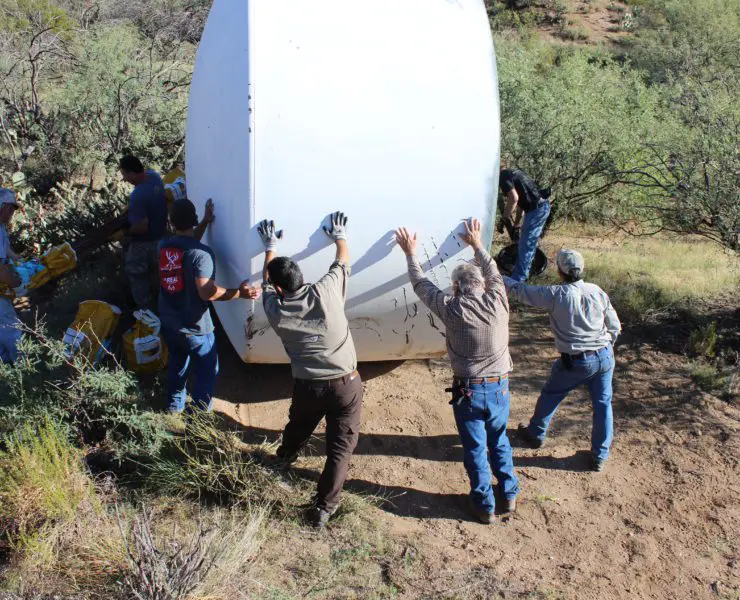
On the dry ridges outside Tucson, AZ hunters know that a year of poor rainfall can turn a once familiar hunting ground into an unfamiliar puzzle. Traditional glassing spots may come up empty, and the basins that normally hold deer can feel barren. But those who adjust their strategy now hyper focusing on scarce water sources, higher elevation forage, and subtle changes in deer movement can still find success even in tough years.
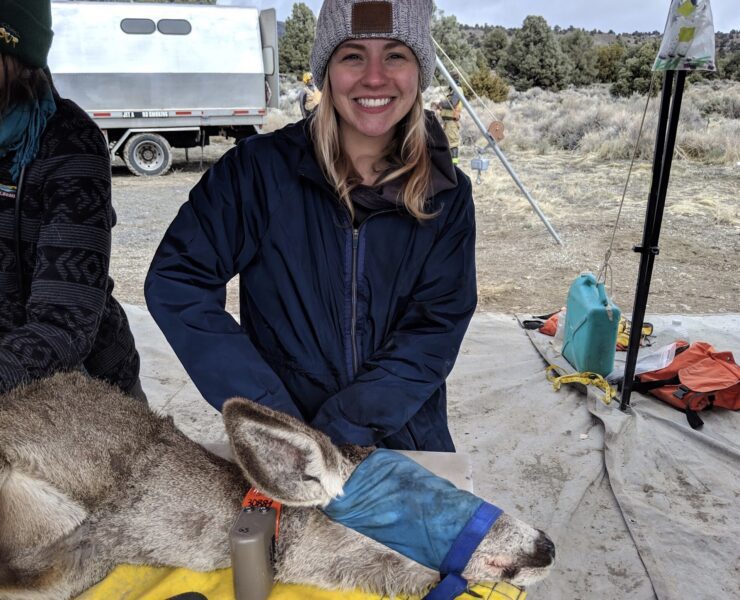
That’s where the Mule Deer Foundation (MDF) comes in. You might know the name. You might have gone to a banquet, read the magazine, or thrown a few bucks in the raffle. But what you might not know is just how much MDF does every single day to protect the deer, the ground they walk on, and the hunting lifestyle we live for.

If you want to understand the pressure mule deer are under these days, don’t look to the Rockies or the high sage basins of Montana — head straight into the heart of the Great Basin. This sprawling region covers much of Nevada and western Utah, and while it may look vast and empty, for mule deer it’s ground zero for one of the most dramatic population declines in the West.

